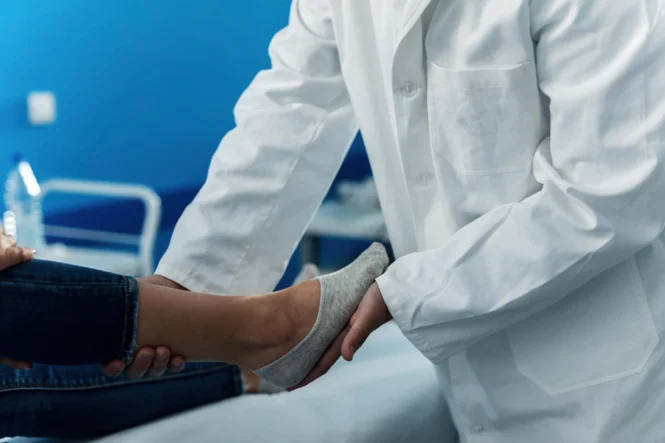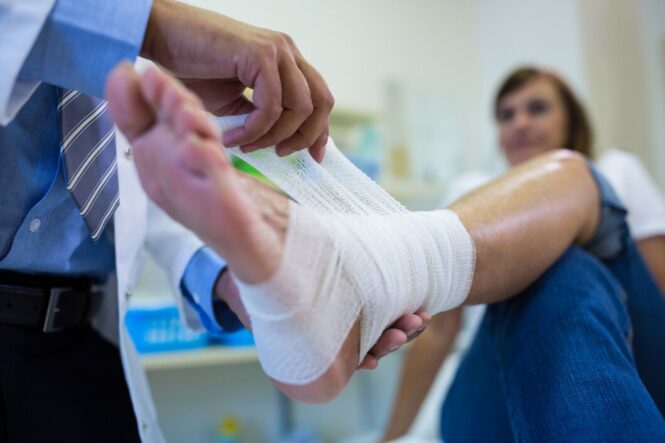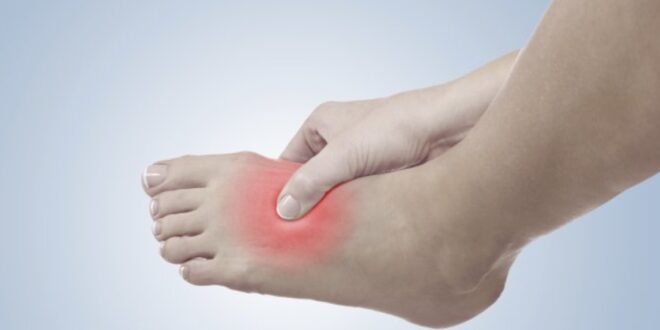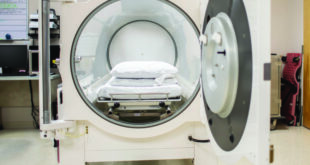Chronic pain is a serious health concern that is experienced by almost 40% of the US population. This also drives people to seek medical attention because of its negative effect on one’s quality of life, including productivity at work, social and family relationships, and normal daily activities like eating or sleeping. If left untreated, it can even lead to mental health issues such as anxiety or depression.
With its widespread impact, chronic pain is no longer just a personal problem that revolves around the patients suffering from the ailment or their immediate family. It has become an economic burden amounting to almost $600 billion each year due to medical expenses, disability programs, as well as financial losses caused by low productivity.
Chronic pain has different types and origins. Most cases can be traced to joints, back, neck, or muscles discomfort, while others are linked to underlying conditions like cancer, multiple sclerosis, or arthritis. But aside from these, there are also rare cases that are more challenging to detect and diagnose. One example is the complex regional pain syndrome or CRPS, which is experienced by as many as 200,000 people in the US annually.
Understanding CRPS

Complex regional pain syndrome is persistent pain that often starts on the limbs, typically after the patient has undergone physical trauma. This can be due to a major injury such as a fracture, surgery, or amputation. However, there have also been cases where it has been linked to small injuries like sprains or even cases where no clear cause could be traced.
While more than 30% of patients have reported that symptoms manifested in different parts of their body, the condition is most frequently felt in the body’s extremities. Usual indicators are swelling, skin going from hot to cold and vice versa, changes in pigmentation of the epidermis, difficulties in movement, and loss of sensation.
The condition typically starts with warmth, redness, or enlargement of the affected arm or leg, which eventually turns bluish and cold after some time. Patients would describe the pain as burning, stinging, or tearing, and it is usually more severe than what the related injury would normally cause. Furthermore, the pain tends to remain even after the patient’s recovery.
Studies show more cases of CRPS in women than men, particularly those between 60 and 70 years old. However, the condition has also been diagnosed in children, where it hits its peak when the patients reach middle age.
Causes And Diagnosis Of CRPS

Currently, there is no final research or report on what causes CRPS. Thus, it remains a rare medical condition that can be misdiagnosed or remain undiagnosed for a long time because the symptoms are similar to other illnesses.
Before the existence of CRPS was proven by researchers, it was often mistaken as a psychosomatic problem. However, some studies are pointing to a malfunction in the body’s immunity system that leads to an inflammation of the nerves. Other studies have also linked the condition to an imbalance in the body’s autonomic nervous system.
While some cases can’t be traced back to an actual injury, researchers have noted that around 5% of postoperative patients have experienced this condition. Other studies point at genetics as another possible factor, specifically genes associated with immunity and inflammation. Researchers also believe that psychological factors like anger or depression can worsen the symptoms in patients.
Unfortunately, there are still no diagnostic tests that can directly identify the illness. Because of this, specialists need to do a thorough physical examination and look for clues that could indicate the presence of CRPS in the patient.
Additional tests can support the initial findings, such as a three-phase bone scan, X-ray, MRI, or neurography. The attending physician may also request further examinations to help look for changes in blood flow, skin temperature fluctuations, and unusual perspiration on the limbs.
Types And Stages Of CRPS

CRPS has been generally classified into two kinds, with the pain source serving as the main differentiation point. The first category, also more common, is reflex sympathetic dystrophy, where the aching can’t be traced back to a specific injury.
In contrast, the second type, called causalgia, directly correlates to particular nerve damage. This type of CRPS is often more painful, and most patients rate their pain almost at the maximum grade of the McGill pain scale.
The condition has three known stages, but researchers have observed that not all patients will go through each of the stages or may not progress through these stages in such order. The first stage, which usually lasts for 1 to 3 months, starts with localized intense pain. Along with it, other symptoms may manifest as muscle cramps, limited mobility, skin temperature that fluctuates from hot to cold, unusually fast lengthening of hair and nails, abnormal sweating, and extreme pain from very light touches.
In the second stage, which lasts for about 3 to 6 months, patients will likely experience more advanced symptoms, such as brittle nails, muscle weakness or atrophy, and increased inflammation. The pain becomes more severe, with patients describing the sensation to be similar to getting burned alive.
The third stage involves permanent harm to the epidermis and bones. The level of pain also further intensifies and may already extend to the whole limb. Aside from these, the damage could begin to show up in other areas of the body, such as the optic nerves or the digestive system.
Treatment Options For CRPS

Although researchers have yet to find a fixed cure for the condition, medical specialists have identified therapeutic alternatives that can help manage the symptoms and slow down their progression. CRPS treatment aims to resolve the pain and enable patients to resume their normal life.
If you or someone you know is suffering from this condition, look for the best CRPS treatment centers (such as the The Spero Clinic) as early as possible so that they can help you manage the condition. Centers like The Spero Clinic specialize in holistic treatments that will help the body recover from within.
The treatment starts with a non-invasive approach that focuses on healing from the inside out. Instead of disrupting or numbing the pain signals that patients are experiencing, healing from within focuses on restoring the vagus nerve’s function. This then works to uncover abnormalities in the CNS and restore balance to the nervous system.
 Imagup General Magazine 2024
Imagup General Magazine 2024



